From Dungloe I was off again and this time to the largest fishing port in the whole of Ireland, Killybegs.
Where I stayed was around a mile outside the town so it was an easy walk into town. The campsite had been a quarry in a previous life but had been leveled and first class facilities had been installed and with the lovely view across the bay it was a very relaxing and pleasant place to stop.
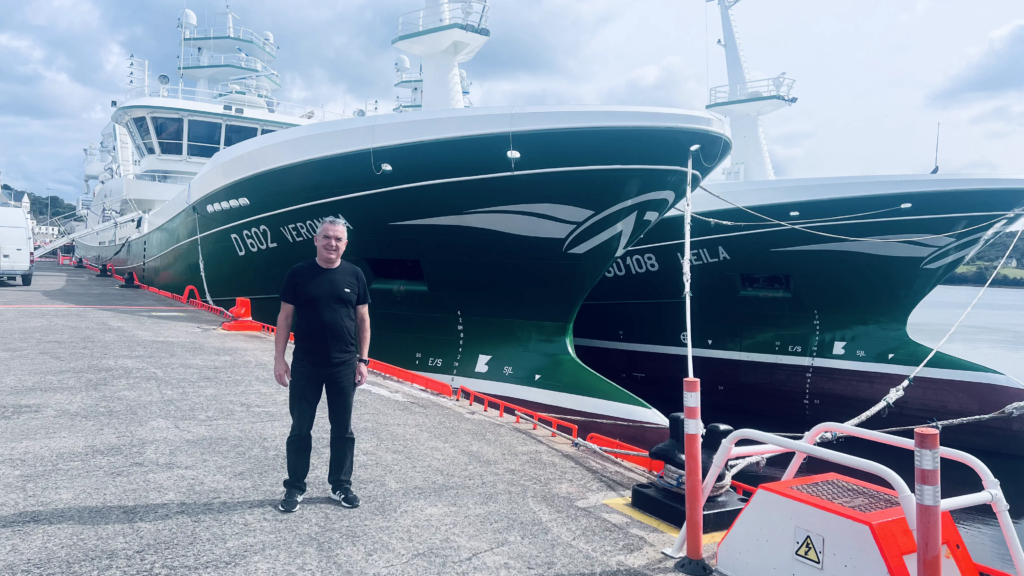
Due to having large deep natural harbour Killybegs is home to ocean going fishing trawlers, these are the big boys when it comes to fishing vessels, as can be seen in the photo above. Along with this are a number of fish processing factories which send frozen fish allover the world.
The next part of my journey was to Belfast with a couple of stops along the way. The first was in Donegal Town, the county town but not the largest town in the county that title goes to Letterkenny but it is still very much worth a visit.
The next stop would take me out of the Republic and into Northern Ireland and in particular Enniskillen in the county of Fermanagh. During The Troubles the town suffered events like most large towns but most notably the Remembrance Day bombing when 11 people were killed by an Provisional Irish Republican Army bomb. A 12th victim died after being in a coma for 13 years.
After having a look around the town and feasting on a delicious Indian meal it was time to head off to Ballinmallard and a night of wild camping.
The next morning I was up early and on the road to Belfast where I would spend 2 nights at a small but nice campsite around 3 miles from the city centre.
Belfast is the capital and largest city in Northern Ireland and stands on the River Lagan. These days Belfast is most famous for being the city that built the Titanic and for being a divided city. The oxymoron that is the Peace Wall still divides the Catholic Falls Road area from the Protestant Shankill Road area. The wall is a reminder of The Troubles and the loss of life in the city that is still divided.
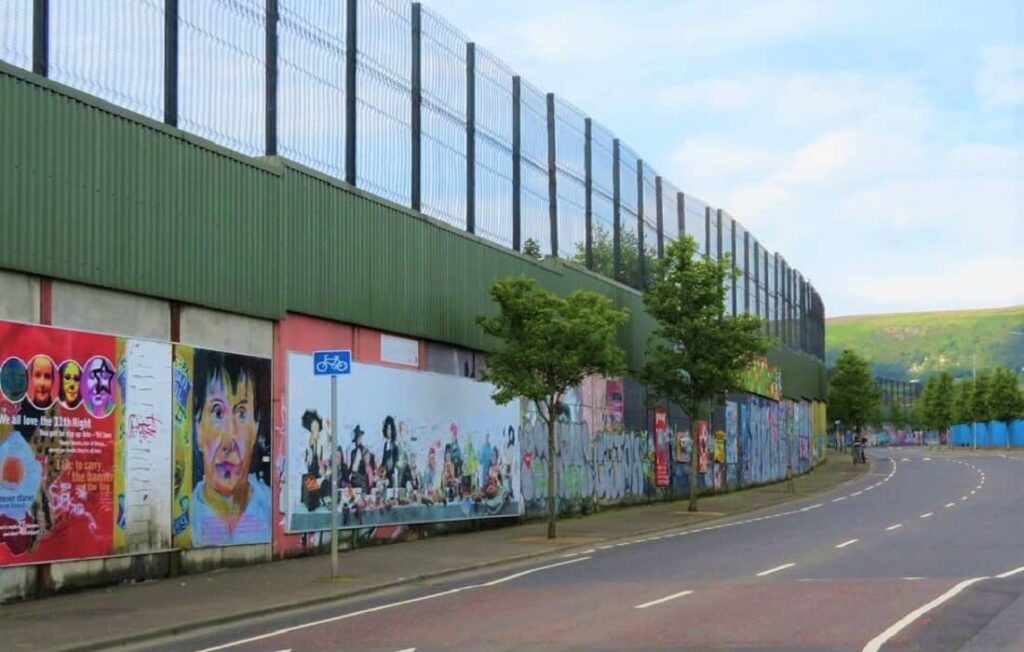
I have visited Belfast a number of times and yet still feel uneasy when visiting. I think I feel like this due to there still being lots of reminders of The Troubles such as the Peace Wall and the Crumlin Road Court and the infamous prison. On this visit I decided to visit the gaol, see what made this prison so infamous but also see if after visiting it I’d feel and different about the city.
The prison and the court are directly across the road from one and other and are connected by an underground tunnel. This meant that once convicted a prisoner would be taking down led through the tunnel straight to a holding cell in the prison. The prison was constructed in the 19th century and was built to hold 550 prisoners but during the height of The Troubles it regularly held 3 times this number. The conditions must have been horrendous. At times there were 3 men in a 12 feet by 7 feet cell.
17 executions took place in the prison the last being in 1961. Originally the executions took place in the prison grounds but later an execution chamber was added, see photo above. The bodies of the executed were then buried in unmarked graves within the prison.
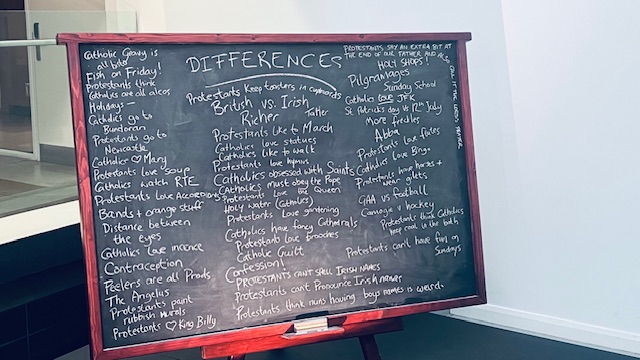
The next place on my list of places to visit was the Ulster Museum which sits in the grounds of the Botanic Gardens. The Botanic Gardens are worth a visit in their own right but having visited them on a previous visit it was the museum the I was concentrating on.
The first couple of exhibits you come upon are probably unique to this museum. The first is a blackboard listing the perceived differences between Catholics and Protestant , photo above, and the second is a bomb disposal robot, pictured below. I can’t imagine there is another museum anywhere in the world with these exhibits.
The museum is well worth visiting as it holds a wide variety of collections from early Irish history right up to modern history and is also home to an art gallery.
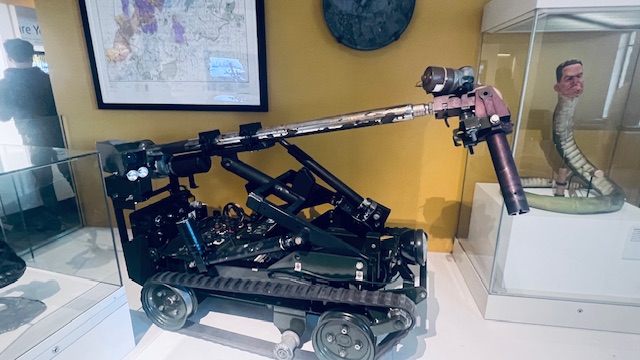
After 12 really enjoyable days travelling the north of the island of Ireland it was time to head back to Larne and back on the ferry to Scotland. However I had another pitstop this time in Carrickfergus. While visiting the Doagh Famine Village I learned that Carrick comes from the Irish Gaelic, carrac meaning rock and that placenames with the word carrick were so named because they were rocky places or there was a significant rock there. So Carrickfergus means Fergus’ rock. Fergus being Fergus Mor (Fergus the Great) a legendary King who’s ship it is said ran aground on the rocks there.
Carrickfergus is also the place where King William III, better know as King Billy, landed in June 1690 before heading south to the Battle of the Boyne.
The town has a small but interesting museum and Carrick Castle, photo above and both are worth viewing however all to soon it was time to make my way to Larne and catch the 8pm ferry back to Scotland and bring to an end my trip.
Once again thank you both Irelands for a great trip, until the next time, Erin go bragh.
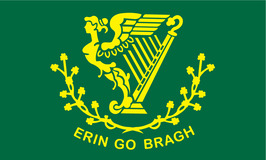
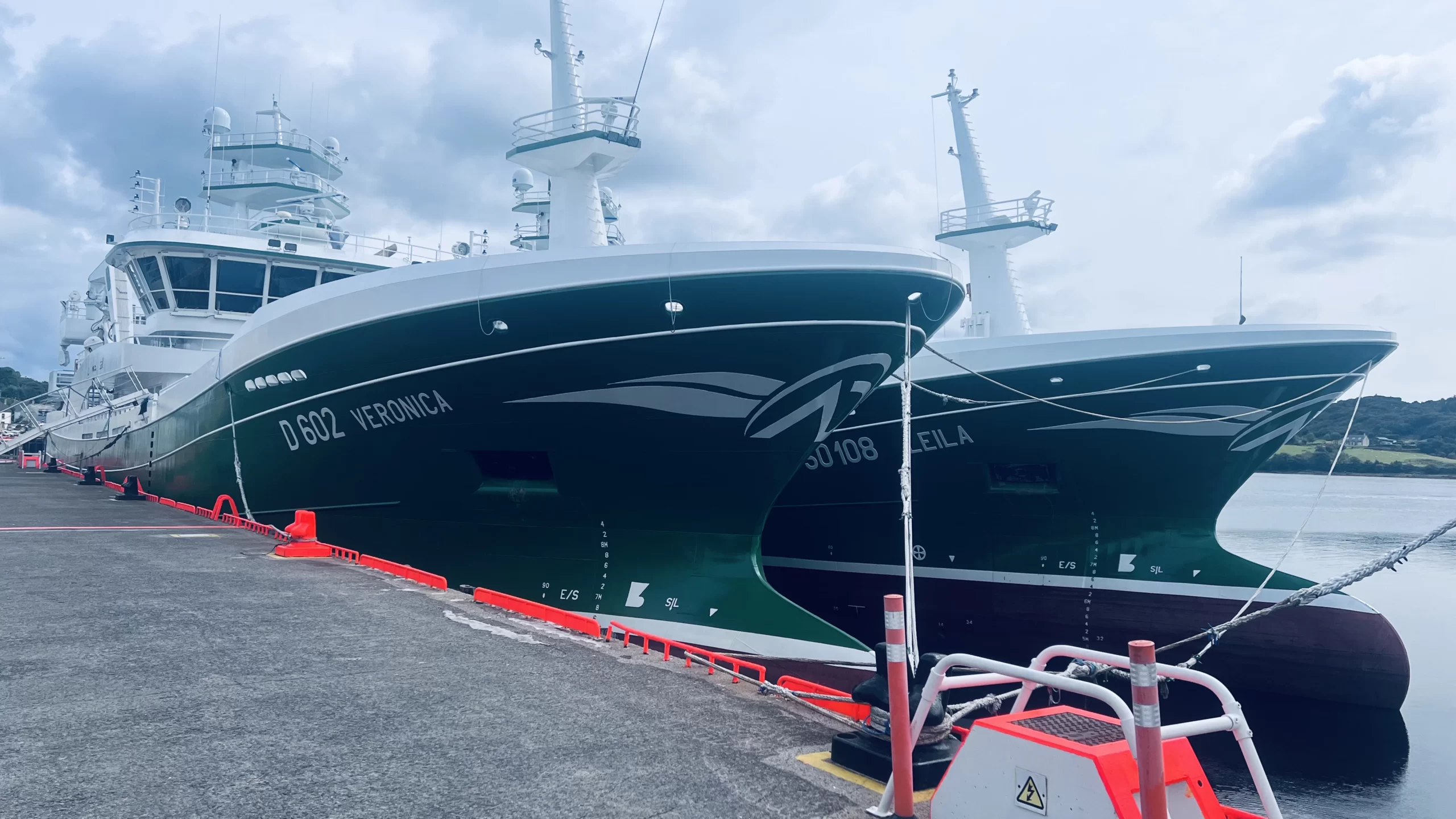














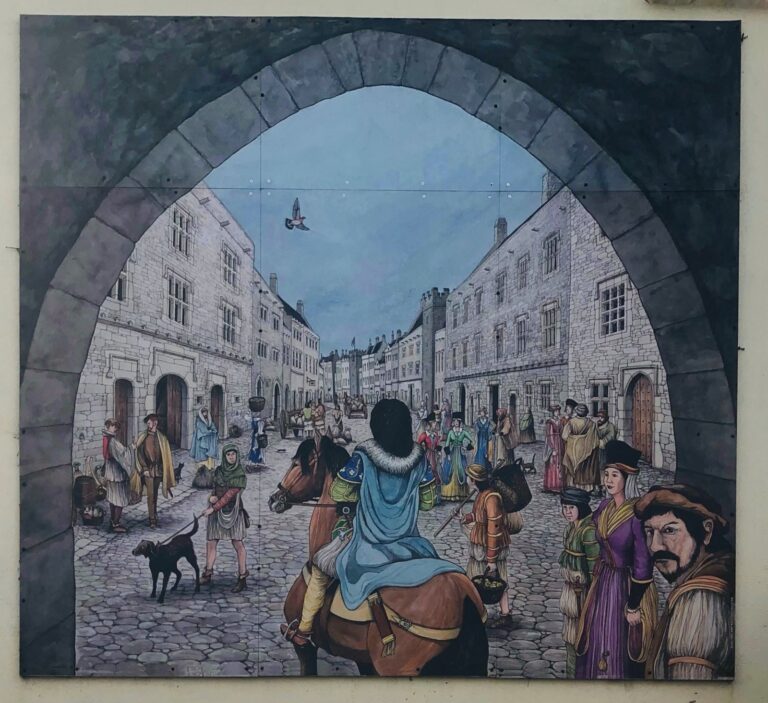


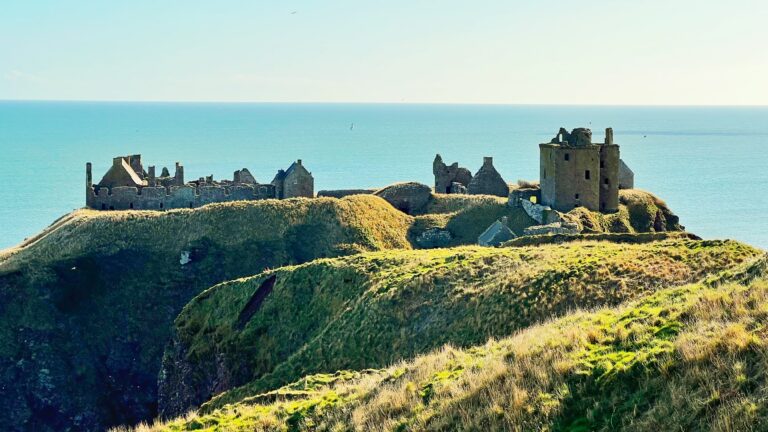


+ There are no comments
Add yours